Sigol Sundubu (시골순두부)
10.8Km 2021-03-22
22, Jungmal, 8-gil, Jecheon-si, Chungcheongbuk-do
+82-43-643-9522
A place that cooks and sells, directly made tofu every day and stops selling when the daily ingredients are exhausted. The best menu at this restaurant is bean curd stew. This Korean dishes restaurant is located in Jecheon-si, Chungcheongbuk-do.
Ttoranggil (또랑길)
11.6Km 2024-02-28
49-21 Baeronseongji-gil, Bongyang-eup, Jecheon-si, Chungcheongbuk-do
Situated near Baeron Holy Ground, a key site in the spread of Catholicism in Korea, Ttoranggil is a restaurant distinguished by its ochre-built hanok. Its menu features dolsot bap (hot stone pot rice), deodeok jeongsik (deodeok set menu), and gondeure bap (thistle rice), all served with red chili paste to enhance the flavors. Additionally, the restaurant hosts a workshop for those interested in experiencing crafts. It is closed during the winter months, from December to February.
Jecheon Wild Herb Village (제천 산야초마을)
11.7Km 2024-02-26
3 Oksunbong-ro 6-gil, Susan-myeon, Jecheon-si, Chungcheongbuk-do
Jecheon Wild Herb Village, nestled between Geumsusan Mountain and Cheongpungho Lake, benefits from a pristine mountain environment that has supported the production of medicinal herbs and forest products for oriental medicine since ancient times. This village continues its agricultural practices to this day, offering visitors the opportunity to experience natural medicines, forest products, and agricultural goods. For those interested, there are options to stay in the village for a week or a month, allowing for an extended exploration of its natural bounty and traditions.
Geumsusan Mountain (금수산)
11.9Km 2021-05-28
210, Sanghak 1-gil, Danyang-gun, Chungcheongbuk-do
+82-43-653-3251
Geumsusan Mountain, originally called Baegamsan Mountain, was renamed by noted Joseon-period scholar Yi Hwang (pen name Toegye) when he was the chief governor of Danyang County, saying its graceful features matched the fineness of silk embroidery. The mountain is beautiful throughout the year with bright foliage in fall and an ice cave that stays frozen until early April. The view from the summit of the mountain resembles a pregnant woman lying on her side, and there is a legend that women who pray for a son here will have their wish come true.
Mosan Airfield (모산비행장)
12.0Km 2024-10-14
Goam-dong, Jecheon-si, Chungcheongbuk-do
BTS‘EPILOGUE Young Forever’
This is the endless runway where the 7 members of BTS walked side by side. It was built for flight training in the past, but is now being used as a public park. Depending on the season, there is a flower field where sunflowers, verbena, crape myrtle, and pink muhly are in full bloom, so it is perfect for viewing and taking pictures. There are cafes around the runway to add a break to sightseeing.
Urimjeong (우림정)
12.1Km 2021-03-22
446, Uirim-daero, Jecheon-si, Chungcheongbuk-do
+82-43-644-4060
A restaurant that considers both health and tastes, it is located near the tourist attractions. This restaurant's signature menu is steamed vegetables and beef set menu. This Korean dishes restaurant is located in Jecheon-si, Chungcheongbuk-do.
Taksajeong Pavilion (탁사정)
12.6Km 2024-02-26
478 Jewon-ro, Bongyang-eup, Jecheon-si, Chungcheongbuk-do
Taksajeong Pavilion, located at the bend of Jecheon Stream in the valley, is celebrated for its picturesque scenery of clear water, sand, and pine trees. It's believed that these pine trees were transported from Jeju Island in the 16th century. The combination of a cool valley breeze, the stream's vivid blue, and a quaint waterfall, alongside the ancient pine trees, creates a serene harmony. This spot is also well-known as a favorite camping site in Jecheon.
Uirimji Reservoir (제천 의림지와 제림)
12.8Km 2024-07-31
33 Uirimji-ro, Jecheon-si, Chungcheongbuk-do
+82-43-651-7101
Uirimji Reservoir was created during the Three Kingdoms Era. Due to its long history, it is one of the most famous reservoirs in Chungcheong-do.
The reservoir is 1.8 kilometers in circumference and 151,470 square meters in water surface area and has a depth of 8-13 meters. It supplies water to nearby farmland and was one of the 3 major reservoirs of the Three Kingdoms Era along with Byeokgolje of Gimje and Susanje of Miryang. With a water gate built of onggi (earthenware), Uirimji is also a valuable historical site for studying farming methods.
The reservoir is one of the main tourist attractions of Jecheon. Attractions around the reservoir include Yeonghojeong Pavilion and Gyeonghoru Pavilion. The traditional beauty of the structures is accented by the neighboring ancient pine and willow trees and the 30 meter-high waterfall.
Baeron Holy Ground (배론성지)
13.0Km 2020-05-04
296, Baeronseongji-gil, Jecheon-si, Chungcheongbuk-do
+82-43-651-4527
Located along the national highway between Jecheon and Wonju, Baeron Holy Ground has great spiritual significance as it served as the fountainhead of the spread of Catholicism in Korea. During the early years of Catholicism in Korea, Catholics fleeing from the Sinhae Persecution (1791) came to this place, formed a community, and made their faith deeper. Amid the persecution in 1801, A man named Hwang Sa-yeong (Alexander, 1775–1801) hid in a tunnel and wrote letters about the situation of the Joseon Catholic Church on silk fabrics, but was captured and martyred. Baeron is also a historic place where Joseon’s first theological school, St. Joseph Theological School, was founded, but the school was eventually shut down. The graves of Fr. Thomas Choe Yang-eop (1821–1861), Korea’s second Roman Catholic priest, and the Martyr Hwang Sa-yeong Memorial Tower can be seen at Baeron Holy Ground.
Baeron Holy Ground is surrounded by rugged mountains such as Guhaksan Mountain, Baegunsan Mountain and Chiaksan Mountain. The mountain path from the holy ground eventually leads to Bakdaljae Natural Forest.
Bakdaljae Peak (박달재)
13.2Km 2020-05-27
Wonbak-gil, Jecheon-si, Chungcheongbuk-do
+82-43-642-9398
Bakdaljae refers to the steep hills dividing Bongyang-eup and Baekun-myeon in Jecheon-si. It has a legendary sad love story about Bakdal doryeong and Geumbong nangja. Jecheon-si uses the characters of ‘Bakdari and Geumbongi’ to promote. Iljumun Gate is set at the entrance of the hill to offer things to see for visitors. Also, based on Bakdaljae landmark project, it became a famous site for tourists.
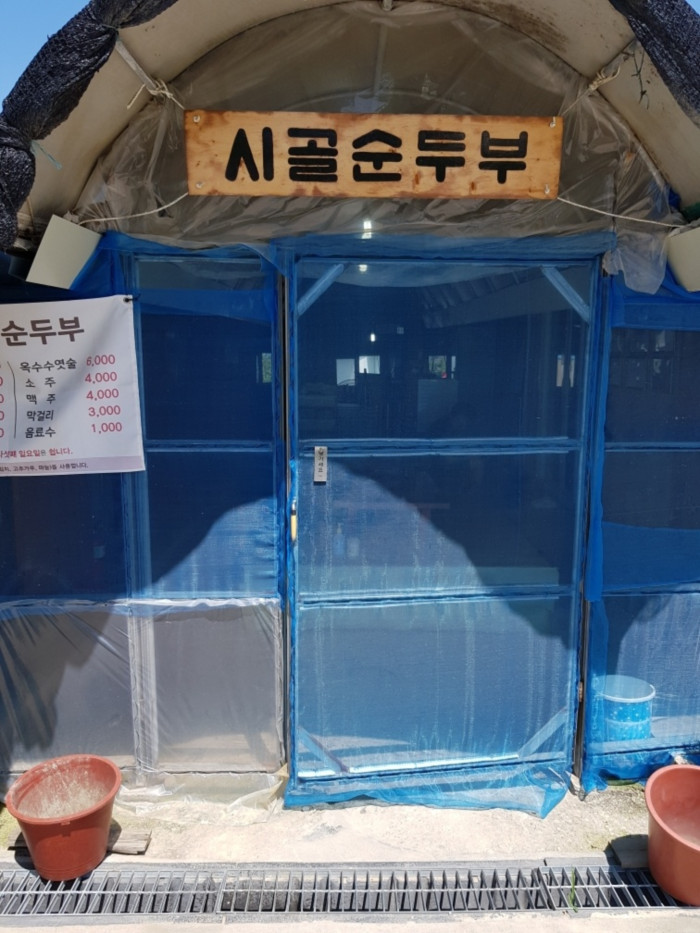

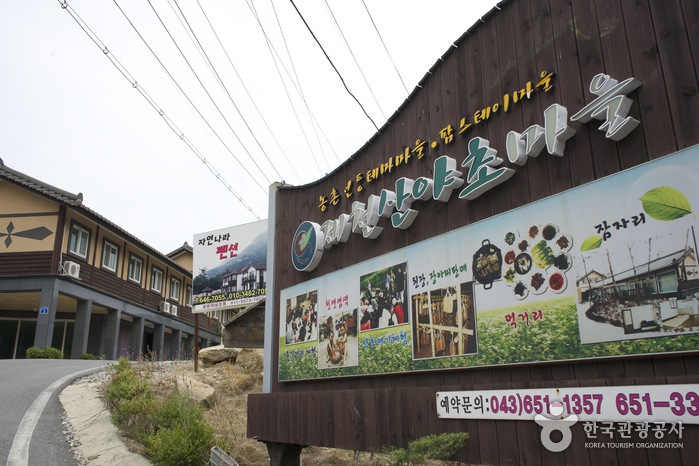
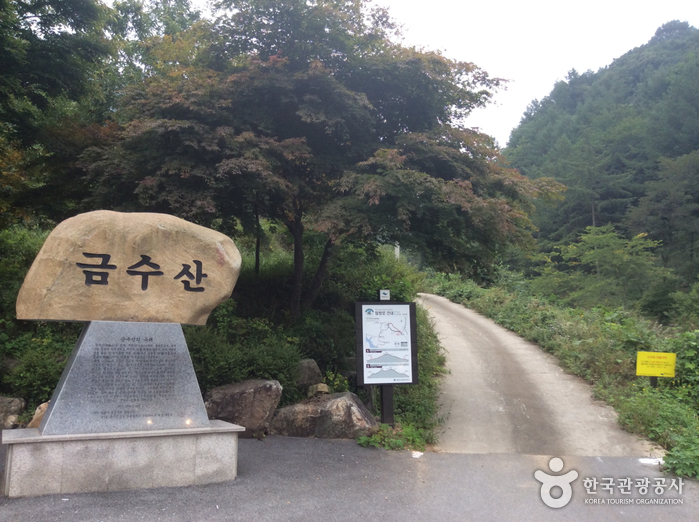

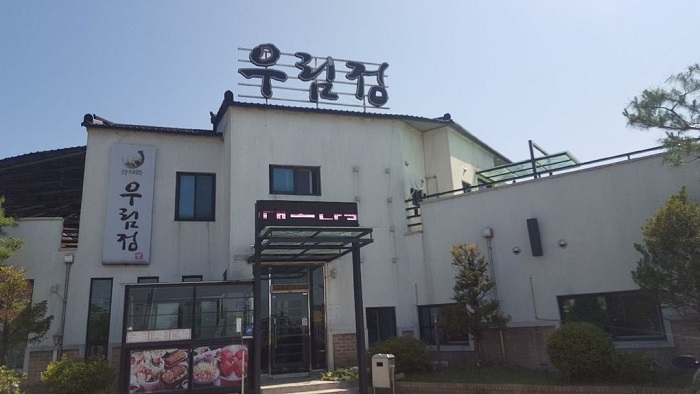
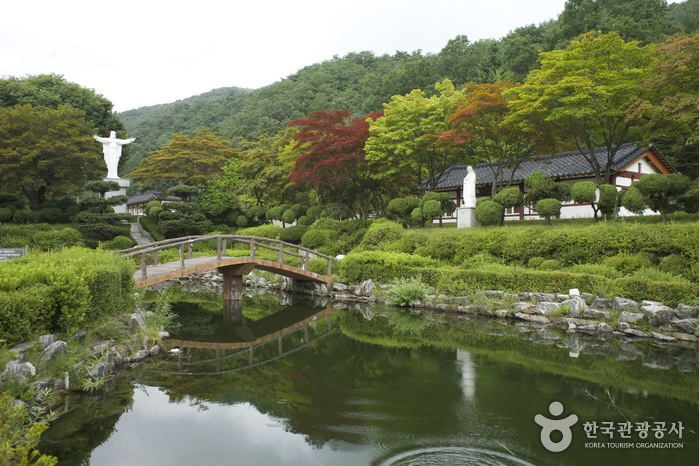
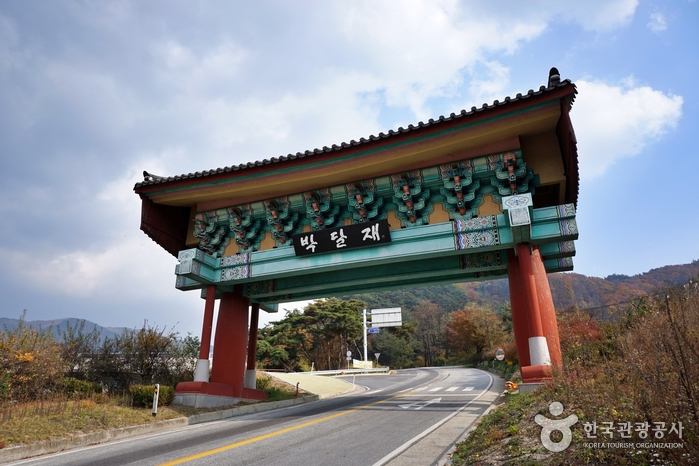
 English
English
 한국어
한국어 日本語
日本語 中文(简体)
中文(简体) Deutsch
Deutsch Français
Français Español
Español Русский
Русский